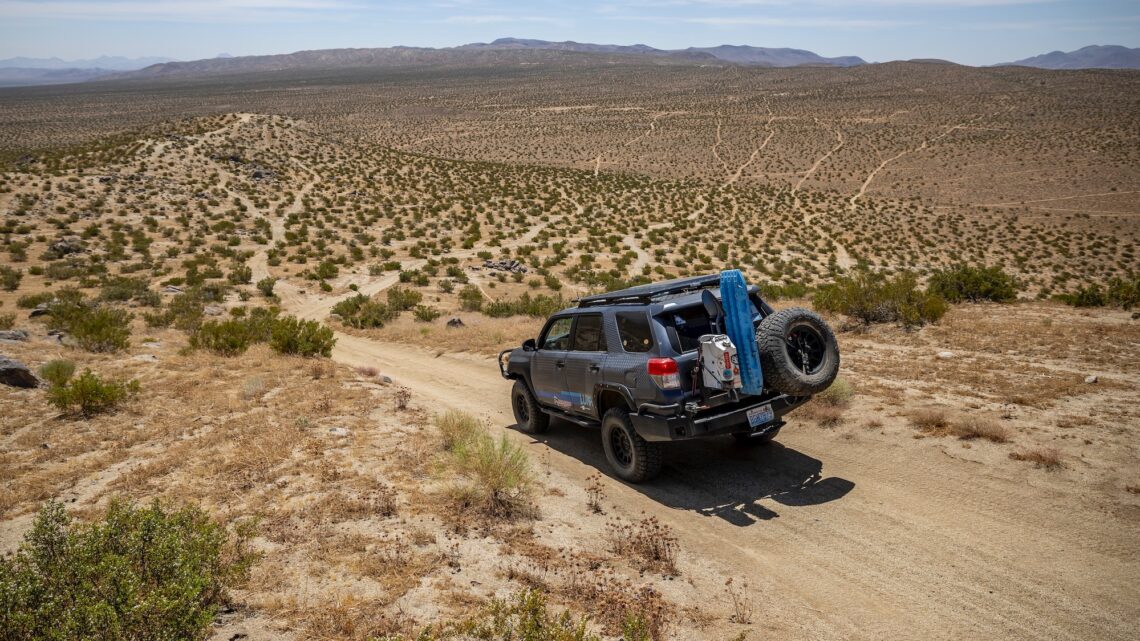Since the dawn of humankind, explorers and wanderers have been trying to make sense of the world around us, navigate by the stars, landmarks, and finally, roads. The earliest maps were created sometime around 600 B.C. in Babylon as crude scratches on a clay tablet. Greek scholar Ptolomy is often credited for the science of cartography, or the study and practice of making maps.
Digital map company onX takes that a step further, layering satellite images of maps with three-dimensional topography lines and information on public and private land boundaries. Providing disparate data for those most interested in hunting, fishing, and off-roading, this app encourages safe exploration and helps avoid trespassing into clearly-labeled private lands.
“People who make maps are historians,” says Molly Stoecklein, senior communications manager for onX. “Maps tell a story, and it’s a big responsibility to make these maps in a way that’s understandable to everyone else.”
This is how onX takes that to heart.
Are paper maps dead?
As a kid, I used to trace my finger along the route on my parents’ Rand McNally road map, following along to best understand where I was in this great, big world. Today, most of us are used to working with Apple Maps, Waze, and Google Maps, to name just a few navigation apps.
Different from paper maps, modern, web-based maps can zoom in and out, and pan around. OnX creates its own content and segments it into different tiles per zoom level. Then the cartography team decides what content to display and how to visualize it at each zoom level. For example, at a low zoom level, you might see a state boundary outline, high-level topography (such as mountains, rivers, lakes), and off-roading hot spots. Zooming in reveals more details as trails begin to appear as well as land ownership boundaries and recreation points of interest. Mapbox is a third-party company that creates the underlying “map viewer” technology…
Read the full article here

